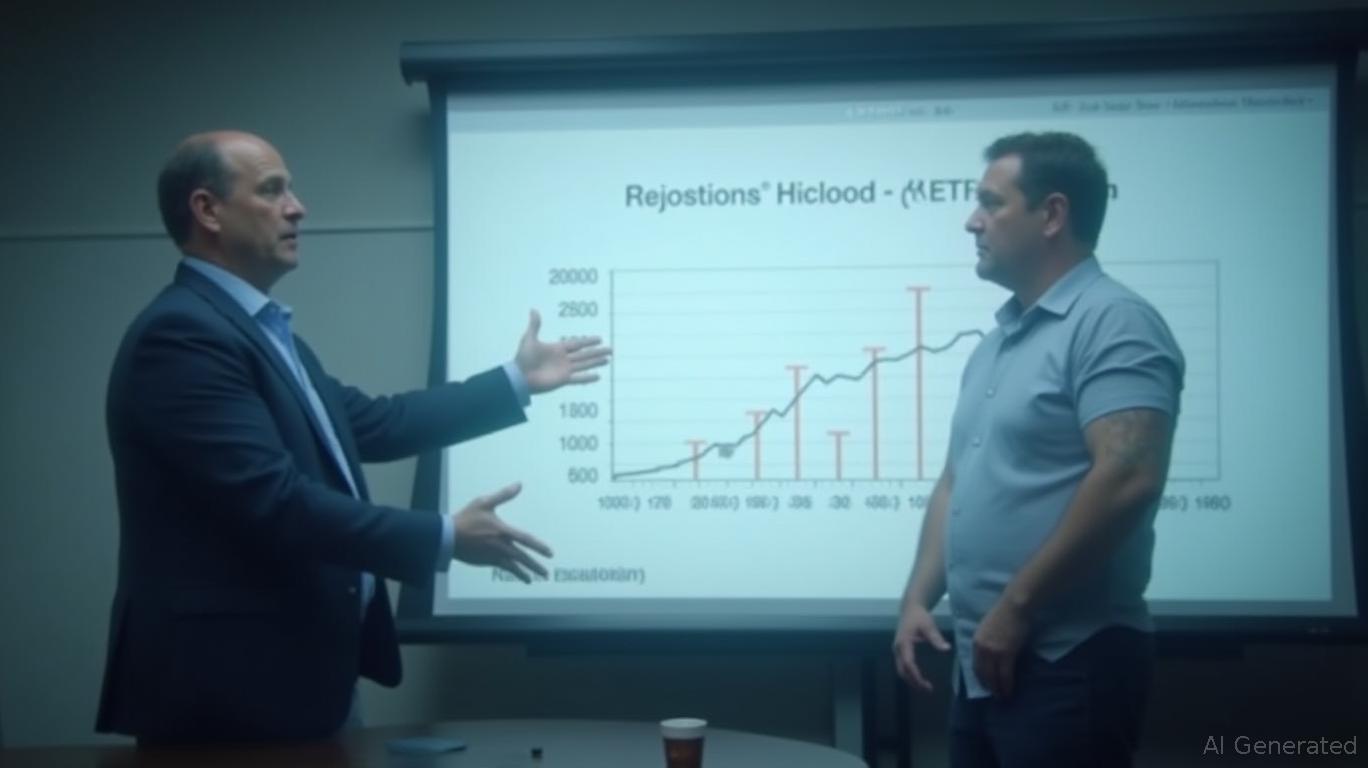The U.S. economic landscape in June 2025 is defined by a precarious balancing act between trade policy uncertainty and Federal Reserve rate expectations. With the Fed holding rates steady at 4.25%-4.50% and trade deadlines looming, investors face a critical juncture: position for near-term resilience or bet on a Fed pivot? This article outlines actionable strategies to capitalize on sectors poised to thrive in both scenarios, while hedging against risks tied to unresolved trade tensions.
The Fed’s Tightrope Walk
The Federal Reserve remains in a holding pattern, projecting two rate cuts by year-end but demanding evidence of a cooling labor market before acting. Unemployment has held steady at 4.2% for three months, with policymakers emphasizing a “wait-and-see” approach.
Market pricing reflects this ambiguity: traders assign a 60% probability to a September cut, contingent on July’s trade outcomes. The Fed’s dilemma? Escalating tariffs could reignite inflation, delaying easing. Conversely, a trade deal could ease supply chain bottlenecks, allowing the Fed to pivot.
Trade Deadlines: July’s Crossroads
Two pivotal deadlines—July 9 (U.S. tariffs on the EU) and July 14 (EU retaliatory tariffs)—will determine the trajectory of trade policy and inflation.
Scenario 1 (Resolution): A negotiated pause or rollback of tariffs would reduce supply chain costs, easing inflation pressures and enabling a September Fed cut. Scenario 2 (Escalation): A failure to resolve tensions could trigger tariffs as high as 25% on EU imports, raising the average effective tariff rate (AETR) to 17%, and pushing inflation higher.

Sector Strategies: Play Both Sides of the Coin
Investors should position for near-term resilience while preparing for a potential Fed pivot. Here’s how to navigate the crosscurrents:
1. Rate-Sensitive Plays: Utilities & REITsUtilities (XLU): Rate cuts would reduce borrowing costs and boost demand for stable yield assets. Real Estate (IYR): Lower rates could reignite demand for commercial and residential properties.
Action: Overweight these sectors, but pair with short-duration Treasuries (e.g., 2-year bonds) to hedge against inflation spikes.
2. Tech: A Resilient Anchor
The tech sector’s dominance in the S&P 500 (driving recent record highs) reflects its inflation-resilience and global growth potential. Firms like NVIDIA and AMD, despite semiconductor-specific tariff risks, benefit from AI-driven demand and strong balance sheets.
Action: Maintain exposure to tech leaders but avoid tariff-sensitive subsectors (e.g., semiconductors with heavy China exposure).
3. Trade-Exposed Sectors: Proceed with CautionIndustrials (CAT, Boeing): Tariff escalation risks disrupt global supply chains. Avoid until July clarity. Materials (steel/aluminum stocks): Exposed to Section 232 tariffs; wait for sector-specific tariff rollbacks. 4. The Barbell Approach: Balance Duration Risk
Pair short-term Treasury bills (for liquidity) with long-term bonds (e.g., TLT) to capture potential yield declines.
Key Risks and MitigantsTariff Pass-Through Costs: Full tariff costs are often passed to consumers/producers, raising input costs. Monitor CPI metrics for signs of inflation reignition. Supply Chain Shifts: Firms may relocate production, but prior relocations (e.g., to Vietnam) failed to deliver domestic employment gains. Final Take: Stay Nimble, Stay Diversified
Investors should:
1. Overweight utilities/REITs for rate-sensitive upside.
2. Underweight industrials/materials until trade clarity.
3. Use a barbell strategy to balance Treasury exposure.
4. Maintain tech exposure but focus on global leaders with pricing power.
July’s deadlines will test the Fed’s resolve. Position now for trade deal optimism and rate cuts, but remain ready to pivot if tensions escalate. The market’s next move hinges on whether policymakers can navigate these crosscurrents—or get swept under by them.
This analysis is for informational purposes only. Always consult a financial advisor before making investment decisions.